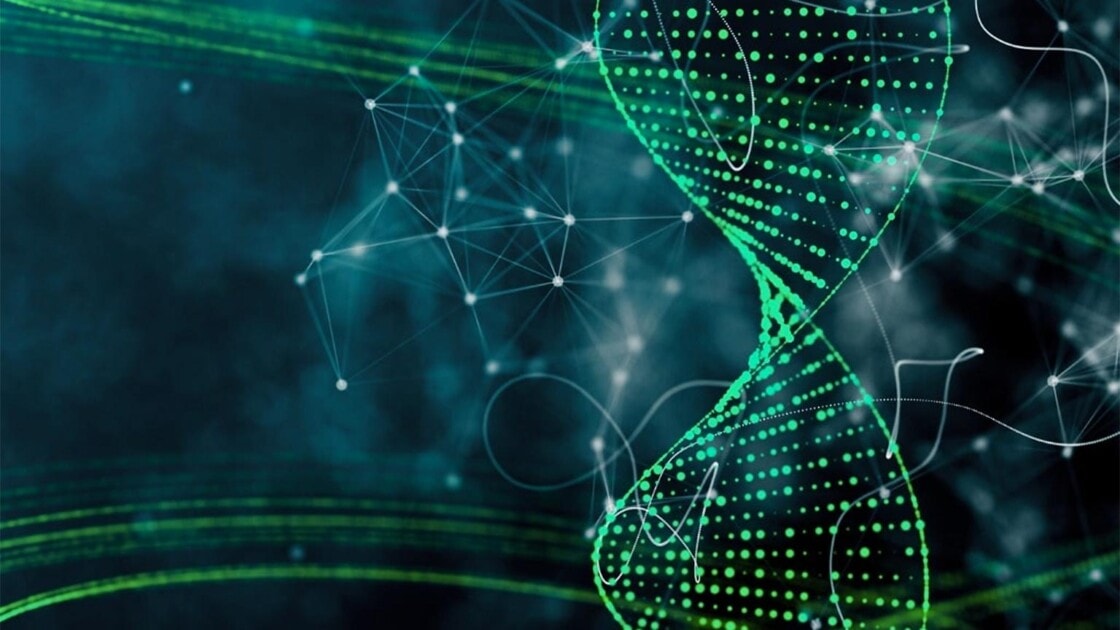
OLD Category: signatures
February 7, 2023 / Blood
Spatial and molecular profiling of the mononuclear phagocyte network in Classic Hodgkin lymphoma
Classic Hodgkin lymphoma (cHL) has a rich immune infiltrate, which is an intrinsic component of the neoplastic process. Malignant Hodgkin Reed-Sternberg cells (HRSC) create an immunosuppressive microenvironment by the expression…
January 26, 2023 / J Invest Dermatol
Characterizing dermal transcriptional change in the progression from sun-protected skin to actinic keratosis
Understanding early tumorigenic events have obvious diagnostic and prognostic implications, particularly in the skin since this is the site of more US cancer diagnoses than any other organ (Rogers et…
January 24, 2023 / JCI Insight
Spatial transcriptomic characterization of COVID-19 pneumonitis identifies immune circuits related to tissue injury
Severe lung damage resulting from COVID-19 involves complex interactions between diverse populations of immune and stromal cells. In this study, we used a spatial transcriptomics approach to delineate the cells,…
January 23, 2023 / Front Immunol
Spatiotemporal local and abscopal cell death and immune responses to histotripsy focused ultrasound tumor ablation
Introduction: Histotripsy is a novel focused ultrasound tumor ablation modality with potent immunostimulatory effects. Methods: To measure the spatiotemporal kinetics of local andabscopal responses to histotripsy, C57BL/6 mice bearing bilateral…
January 19, 2023 / Cell
Multiplexed 3D atlas of state transitions and immune interaction in colorectal cancer
Advanced solid cancers are complex assemblies of tumor, immune, and stromal cells characterized by high intratumoral variation. We use highly multiplexed tissue imaging, 3D reconstruction, spatial statistics, and machine learning…
January 18, 2023 / Mod Pathol
Highly Multiplexed Spatially Resolved Proteomic and Transcriptional Profiling of the Glioblastoma Microenvironment Using Archived Formalin-Fixed Paraffin-Embedded Specimens
Glioblastoma is a heterogeneous tumor for which effective treatment options are limited and often insufficient. Few studies have examined the intratumoral transcriptional and proteomic heterogeneity of the glioblastoma microenvironment to…
January 17, 2023 / Front Immunol
PFKFB3 overexpression in monocytes of patients with colon but not rectal cancer programs pro-tumor macrophages and is indicative for higher risk of tumor relapse
Introduction: Circulating monocytes are main source for tumor-associated macrophages (TAMs) that control tumor growth, angiogenesis, metastasis and therapy resistance. We raised the questions how monocyte programming is affected by growing…
January 4, 2023 / Front Immunol
Spatial genomics reveals a high number and specific location of B cells in the pancreatic ductal adenocarcinoma microenvironment of long-term survivors
Background and aim: Only 10% of pancreatic ductal adenocarcinoma (PDAC) patients survive longer than five years. Factors underlining long-term survivorship in PDAC are not well understood. Therefore, we aimed to…
January 1, 2023 / Kidney360
Digital Spatial Profiling of Glomerular Gene Expression in Pauci-Immune Focal Necrotizing Glomerulonephritis
Pauci-immune focal necrotizing glomerulonephritis (piFNGN) involves asynchronous onset and progression of injurious lesions in biopsies. Pathologists can describe this heterogeneity within a biopsy, but translating the information into prognostic or…
December 27, 2022 / Sci Rep
Similar programmed death ligand 1 (PD-L1) expression profile in patients with mild COPD and lung cancer
December 23, 2022 / Front Immunol
Cuproptosis related genes associated with Jab1 shapes tumor microenvironment and pharmacological profile in nasopharyngeal carcinoma
Background: Nasopharyngeal carcinoma (NPC) is the most common subcategory of head and neck squamous cell carcinoma (HNSCC). This study focused on the roles of cuproptosis related genes and Jab1 in…
December 22, 2022 / Front Cell Dev Biol
High-throughput in situ perturbation of metabolite levels in the tumor micro-environment reveals favorable metabolic condition for increased fitness of infiltrated T-cells
Tumor-infiltrating immune cells experience significant metabolic reprogramming in the tumor microenvironment (TME), and they share similar metabolic pathways and nutrient needs with malignant cells. This positions these cell types in…